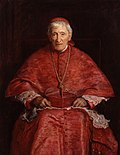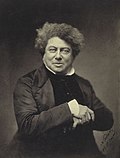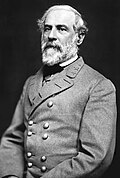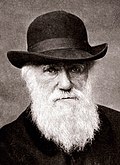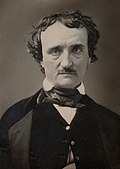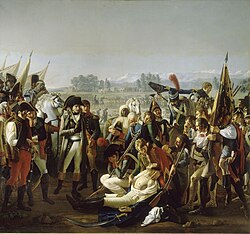This article has multiple issues. Please help improve it or discuss these issues on the talk page . (Learn how and when to remove these messages)
|

| Millennia |
|---|
| 2nd millennium |
| Centuries |
| Decades |
| Years |
| Categories |
The 1800s (pronounced "eighteen-hundreds") was a decade of the Gregorian calendar that began on 1 January 1800, and ended on 31 December 1809.
Contents
- Politics and wars
- Napoleonic Wars
- Other wars and political upheavals
- Slavery
- Prominent political events
- World leaders
- Colonies
- Science and technology
- Electricity
- Astronomy
- Other advances
- Culture
- Music
- Fashion
- Wikisource reference work
- Births
- Deaths
- References
The term "eighteen-hundreds" could also mean the entire century from 1 January 1800 to 31 December 1899 (the years beginning with "18"),[ citation needed ] and is almost synonymous with the 19th century (1801–1900).
The decade was a period of drastic change. The advancements of the previous three decades towards the end of the 18th century had propelled the Industrial Revolution into a global movement, with entire wars fought with the newly developed technologies – creating an impetus to imperialist campaigns across Africa and Asia, as well as the counter-movement on Latin America later on.
















